Protect your baby from Whooping Cough and Flu!
Whooping cough is a bad bacterial illness easily passed from person to person. Flu is a virus that is also easily passed from person to person.
Whooping cough and flu are life threatening to babies. What can you do about it?
Surround your baby with protection.
- Tell the people who have contact with your baby to get the whooping cough shot (Tdap) and the flu shot!
- They can get the shots from their doctor.
- Or they can call the “BIG SHOTS” program at 512-972-5520.
- Get the Flu shot every year during flu season.
- The Tdap shot is for people 11 years old and older.

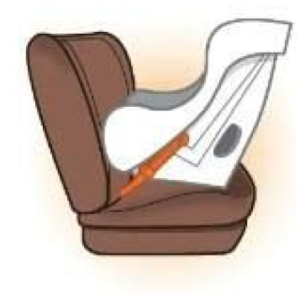
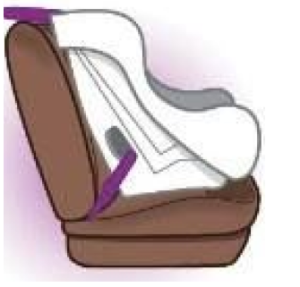
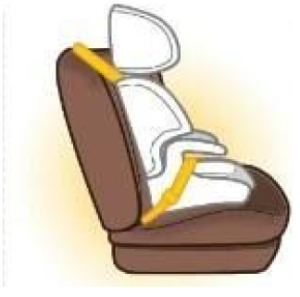
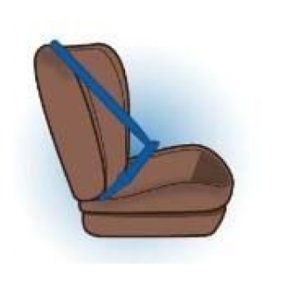
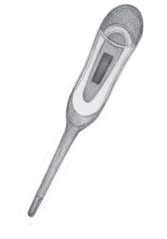
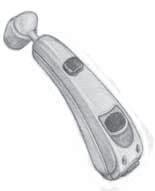
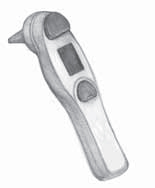
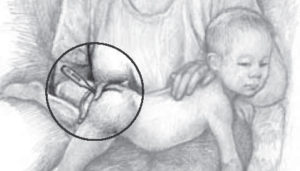
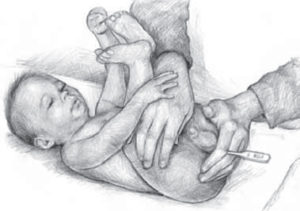
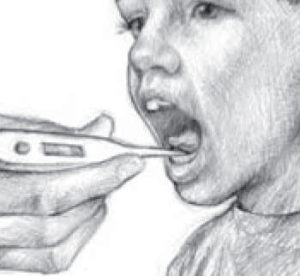 Once your child is 4 years old, you can take a temperature by mouth. Here is how to take an oral temperature:
Once your child is 4 years old, you can take a temperature by mouth. Here is how to take an oral temperature: